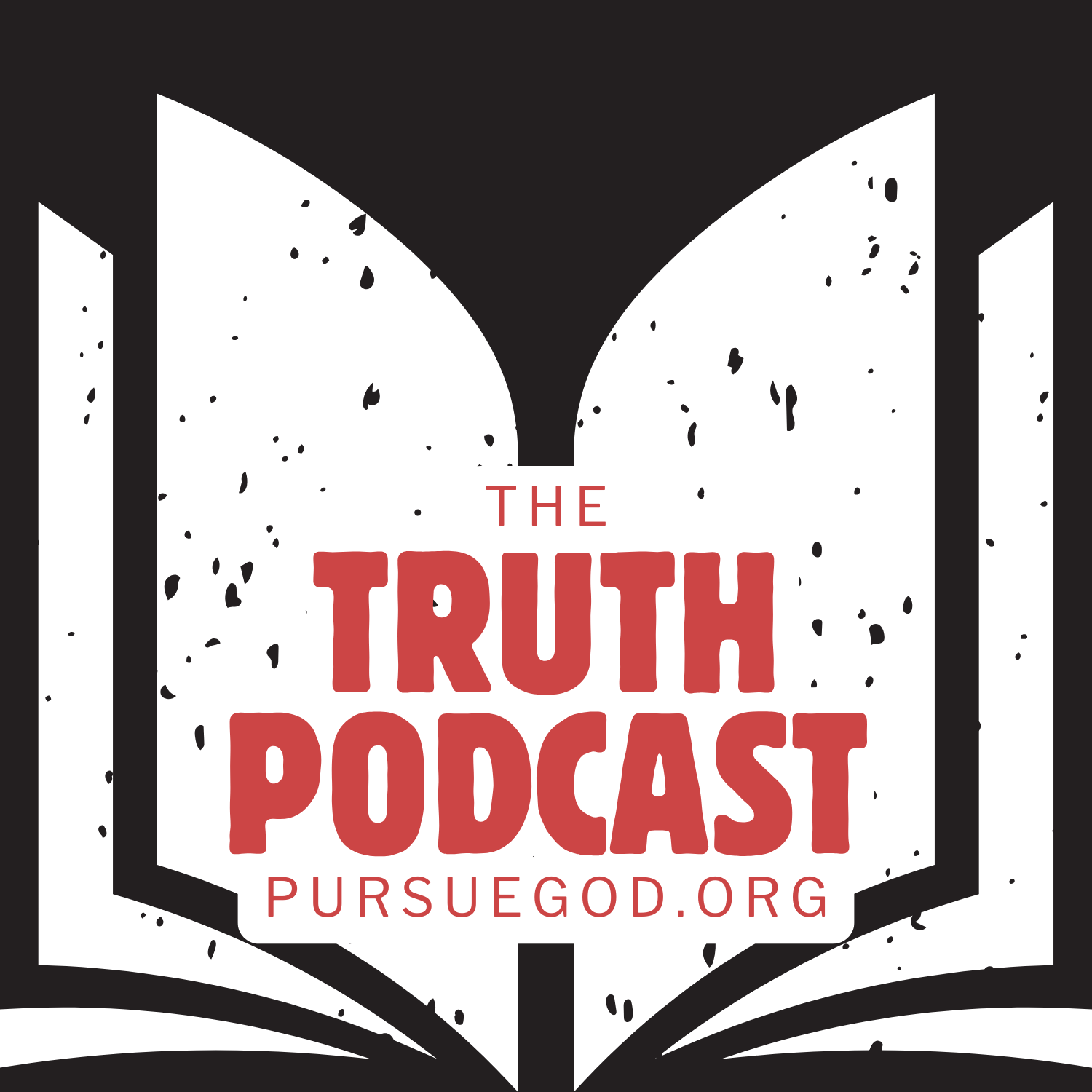The Rapture: Part One (1 Thessalonians 4:13-18)
Welcome back to the podcast! What really happens at the end of the world? In this episode, we explore Paul’s powerful vision of hope and reunion found in the Bible’s most foundational passage on the rapture.
--
The PursueGOD Truth podcast is the “easy button” for making disciples – whether you’re looking for resources to lead a family devotional, a small group at church, or a one-on-one mentoring relationship. Join us for new episodes every Tuesday and Friday.
Find resources to talk about these episodes at pursueGOD.org.
Help others go "full circle" as a follower of Jesus through our 12-week Pursuit series.
Click here to learn more about how to use these resources at home, with a small group, or in a one-on-one discipleship relationship.
Got questions or want to leave a note? Email us at podcast@pursueGOD.org.
--
What Happens at the End of the World?
From movies to memes, people are obsessed with the end of the world. But while Hollywood gives us dramatic survival stories, the Bible gives us something far more powerful: a message of hope. In 1 Thessalonians 4:13-18, the Apostle Paul writes to encourage Christians who were grieving the loss of fellow believers—and to clarify what happens when Jesus comes back.
The Rapture: What It Is and What It Isn't
The word "rapture" doesn’t appear in most English Bibles, but it’s rooted in the original Greek and Latin translations of the New Testament.
- Greek word: harpazō — to seize, snatch, or carry off suddenly.
- Latin translation: rapio — from which we get the English word rapture.
- Biblical reference: “We who are still alive… will be caught up in the clouds to meet the Lord” (1 Thessalonians 4:17).
This isn’t about random vanishing or fear-based mythology. Paul reframes ancient stories of divine abduction into a clear Christian truth: Jesus will personally gather all believers—living and dead—into eternal relationship with Him.
What Was the Church Concerned About?
The early Christians in Thessalonica were grieving. Some believers had died, and the church feared they would miss out on Jesus' return.
Paul offers reassurance:
- Death is described as "sleep." For Christians, death is temporary and peaceful (John 11:11-14, Acts 7:60).
- Grief is not forbidden—but it’s filled with hope. We mourn differently because our hope is based on Jesus’ resurrection (1 Thessalonians 4:13-14).
- No one gets left behind. The dead in Christ will rise first, and the living will join them (1 Thessalonians 4:15-17).
What Will It Be Like When Jesus Returns?
Paul gives a vivid picture of Jesus’ return:
- A loud command — likely from God Himself (1 Thessalonians 4:16)
- The voice of the archangel — echoing Jesus' words in Matthew 24:31
- The trumpet of God — a signal of action, judgment, and victory (Isaiah 27:13, 1 Corinthians 15:52)
- The dead in Christ rise first — proving that no believer is forgotten
- The living are “caught up together” with them — not isolated, but united
- We meet the Lord in the air — signifying a royal welcome
- We will always be with the Lord — eternal, unbroken relationship with Jesus
Why This Matters Today
Paul’s final instruction in this passage is simple: “Encourage one another with these words.” (1 Thessalonians 4:18)
This isn’t just theology—it’s pastoral care.
It’s not about predicting dates or debating timelines.
It’s about giving hope to hurting hearts.
If you trust Jesus, you have nothing to fear about the end of the world. Your future is secure.
Key Verses for Further Study
- 1 Thessalonians 4:13-18 — Main text
- John 11:11-14 — Jesus describes death as sleep
- 1 Corinthians 15:52 — Resurrection at the final trumpet
- Matthew 24:31 — Jesus speaks of angels gathering the elect
- Isaiah 27:13, Joel 2:1 — Trumpet in Old Testament prophecy
- Romans 5:8 — Christ’s death for us
- 1 Thessalonians 1:10, 2:19, 3:13 — Paul's earlier mentions of Jesus’ return
Big Idea
The return of Jesus will unite all believers—dead and alive—into eternal fellowship with Him.
And that’s a promise we can count on.

